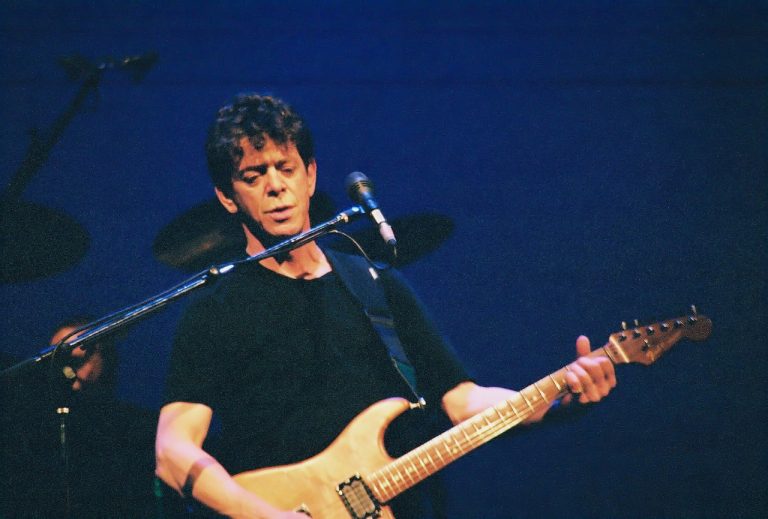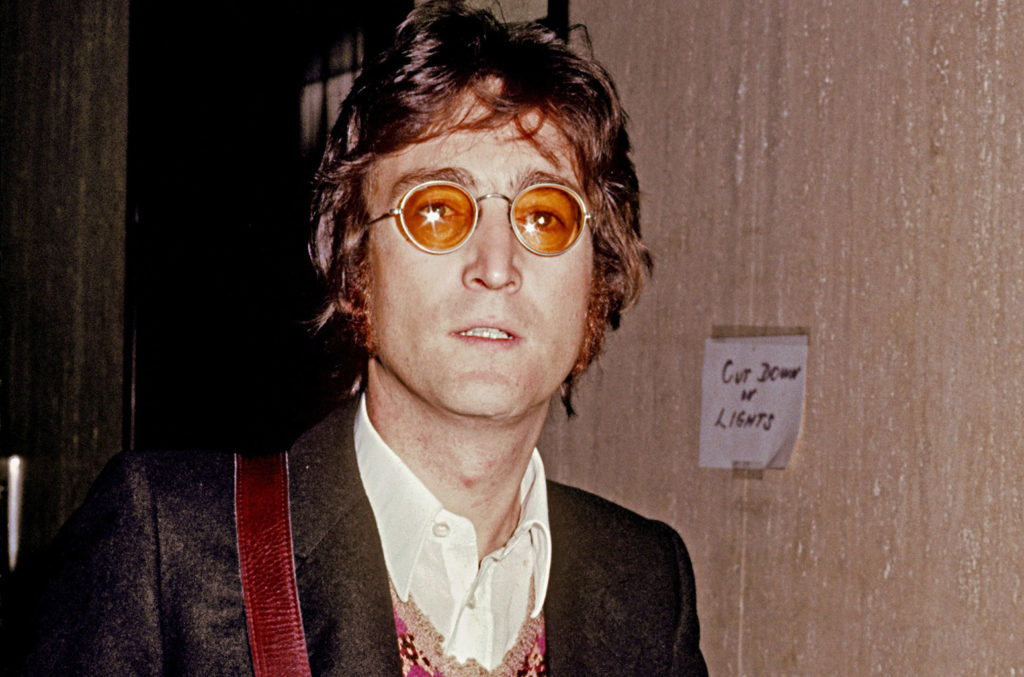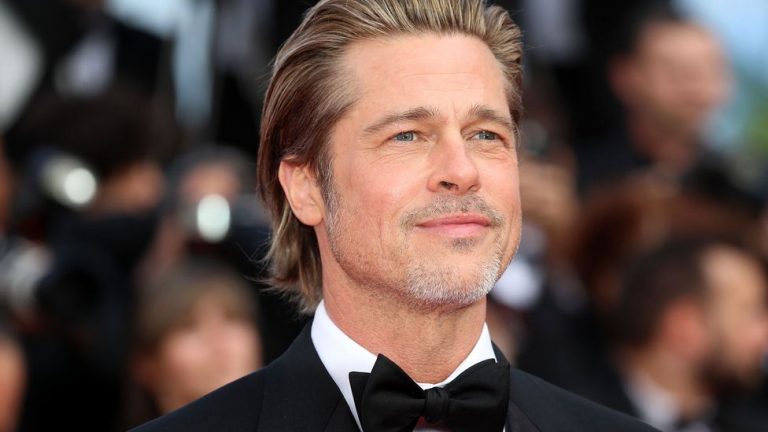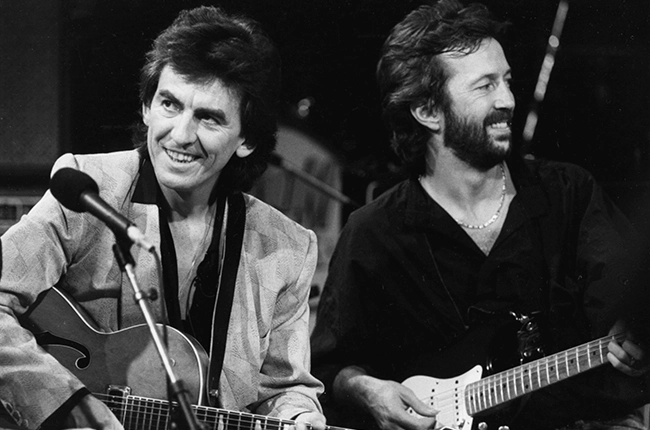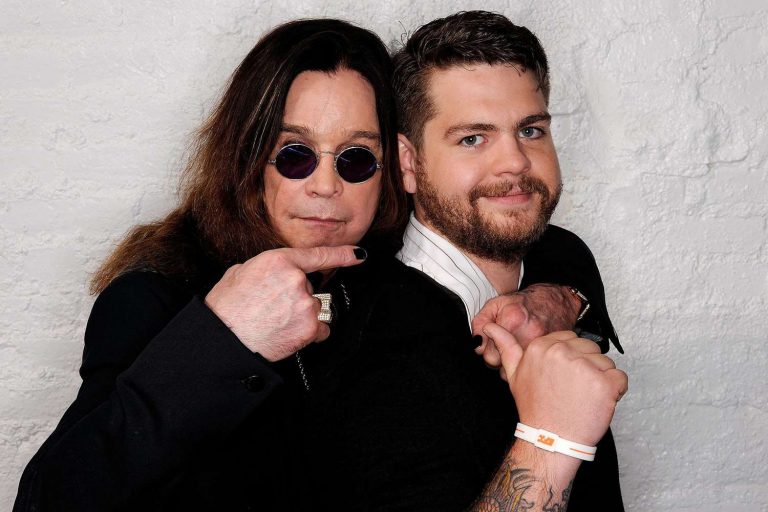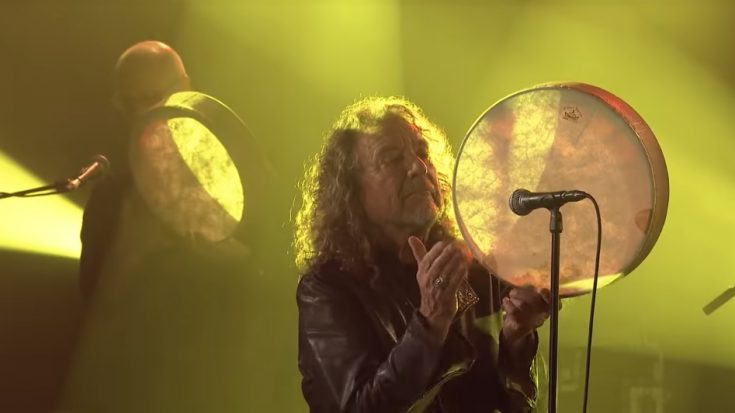In the enchanting realm of rock history, a legendary friendship bloomed between the maestros George Harrison and Eric Clapton.
The year was 1964, and destiny brought them together during a remarkable event where The Yardbirds, the sensational rockers fronted by Clapton, were supporting The Beatles at the iconic Hammersmith Odeon in London for the Fab Four’s Christmas Show.
Little did they know that this meeting would spark an extraordinary friendship filled with voodoo magic, shared experiences, and iconic songwriting, etching their names into the annals of rock folklore.
The magnetic virtuoso Eric Clapton generously assisted Harrison, the brilliant axman of The Beatles, in refining his magnum opus during the making of his introspective third studio album, “All Things Must Pass,” released in 1970.
But the pinnacle of their collaboration came when Clapton contributed an awe-inspiring slide guitar solo on The Beatles’ track, “While My Guitar Gently Weeps.”
For years, it was wrongly attributed to Harrison, but the truth unveiled Clapton’s soulful touch, making it one of the most exceptional guitar moments in The Beatles’ history.
The tale of their friendship weaved its own enchanting narrative, complete with a love triangle. Clapton’s infatuation with Harrison’s wife,
Pattie Boyd, led him to pour his heart into the hit single ‘Layla’ and the album ‘Layla and Other Assorted Love Songs’ while fronting the band Derek and the Dominos. In a curious twist, Boyd eventually became Clapton’s wife in 1979, but that’s a tale for another day.
As The Beatles faced their later years, Harrison found himself disillusioned with the band and sought inspiration outside its confines.
He turned to his contemporaries like Bob Dylan and, of course, Eric Clapton. During a magical jam session in late 1968, Harrison, Dylan, and Clapton jammed together, marking an unforgettable moment. At that time, Clapton was part of the psychedelic rock trio Cream, whose days were also drawing to a close.
In this moment of artistic communion, Harrison and Clapton collaborated on writing a timeless track, “Badge,” which found its place in Cream’s fourth and final album, “Goodbye,” released in 1969.
Interestingly, Harrison had to be credited under the pseudonym ‘L’Angelo Misterioso’ due to his binding contract with The Beatles’ record label, Apple.
“Badge” exudes a grooving rock vibe, and knowing Harrison’s involvement in the songwriting process, one can easily sense its soulful essence.
The song remains a hidden gem, showcasing Clapton’s brilliant guitar solo supported by Harrison’s rhythmic expertise.
Harrison later disclosed in a 1977 interview that he played a pivotal role in crafting “Badge.” Cream faced a songwriting predicament while preparing their album “Goodbye,” and Clapton was yet to contribute a track.
George Harrison’s assistance filled the void, but it also explains why the album may feel somewhat incomplete at times. The lyrics of “Badge” are delightfully quirky, with lines like “Thinkin’ ’bout the times you drove in my car / Thinkin’ that I might have drove you too far” and “I told you not to wander ’round in the dark / I told you ’bout the swans, that they live in the park.”
Harrison amusingly recalled how the song’s title came to be. As he and Clapton were working across from each other, Harrison wrote ‘Bridge’ for the middle part of the song.
Eric Clapton, reading it upside down, burst into laughter, asking, “What’s BADGE?” Shortly after, a tipsy Ringo Starr walked in and added the whimsical line about swans living in the park, showcasing his signature humor.
The amalgamation of Clapton, Harrison, Bruce, Baker, and Starr in “Badge” makes it an absolute Cream classic, epitomizing the era’s supergroup phenomenon.
Each member’s virtuosity shines through, creating a magnificent musical tapestry, especially evident during the awe-inspiring key change that leads into the solo section, a glimpse of the soft-rock wave that would later permeate the ’70s music scene.
Interestingly, one can draw parallels between “Badge” and Boston’s 1976 hit “More Than a Feeling.”
Ringo Starr’s cameo appearance in “Badge” foreshadowed his continued presence in various musical endeavors throughout the ’70s.
From featuring on obscure albums like John Lennon and Harry Nilsson’s “Pussy Cats” to starring in spaghetti-western films like “Blindman,” the beloved Beatles drummer left his indelible mark on the era’s cultural landscape.
In conclusion, the timeless friendship between George Harrison and Eric Clapton not only produced some of rock’s most cherished moments but also served as a symbol of artistic camaraderie and mutual inspiration.
Their musical alchemy in “Badge” remains a testament to their genius and enduring legacy, captivating generations of music lovers and cementing their places as true legends in the annals of rock history.


